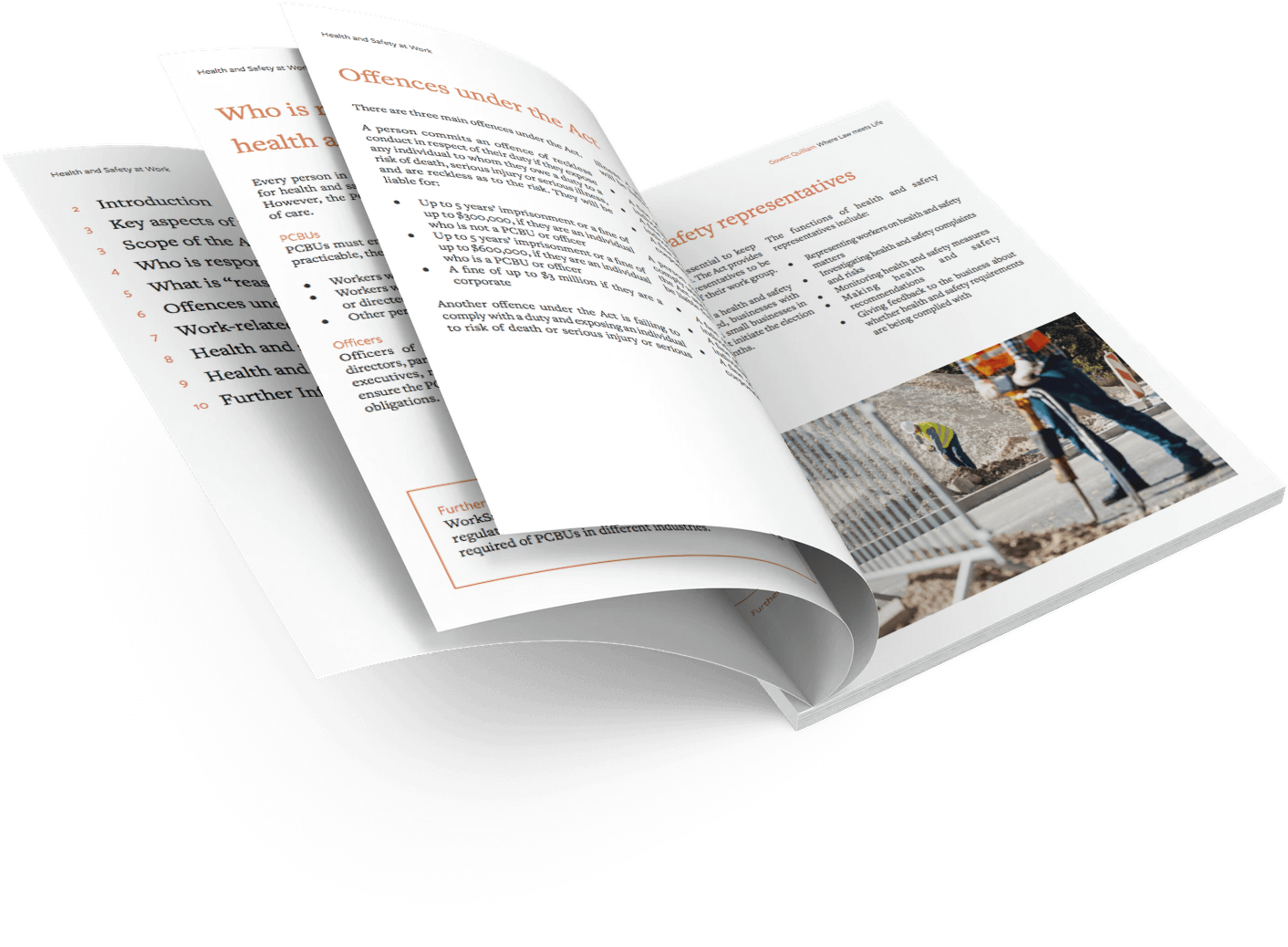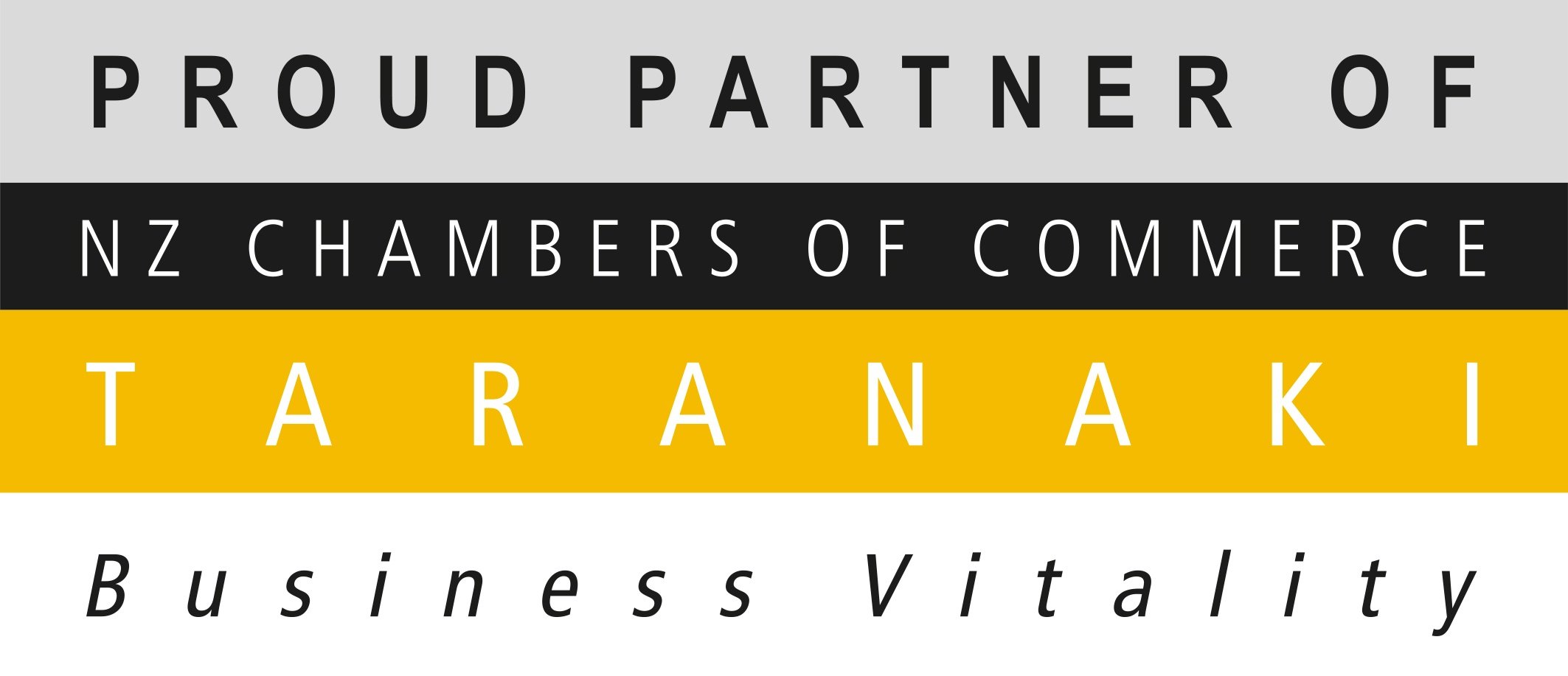A recent Willy Wonka inspired experience which went terribly wrong highlights potential issues with using Artificial Intelligence (AI) in advertising.
'Willy’s Chocolate Experience' took place in Glasgow, Scotland in February 2024. The experience, which has now gone “viral” on the internet, allegedly used AI to create advertising images showing magical scenes decorated with lollipops, candy rainbows, rivers flowing with jellybeans, and cosmic lighting displays. Tickets were sold for GBP£35 (approx. NZD$72.75) and promised an 'immersive experience' and a 'celebration of chocolate in all its delightful forms'.
Images sourced from vox.com
However, the reality has been described as a sparsely decorated warehouse with a scattering of plastic props, a small bouncy castle and some backdrops roughly pinned against the walls. Rather than the advertised 'place where chocolate dreams become reality', employees were told to give each child one quarter of a cup of lemonade and two jellybeans. It has been reported that children left the event in tears and Police officers were called to the event after receiving complaints.
UK newspapers say the experience was cancelled midway through the advertised dates, although not everyone was notified and some people travelled substantial distances before arriving to find the event for which they had purchased tickets was cancelled.
Was Willy’s Chocolate Experience an 'absolute con' as one attendee has said, or did the organisers get carried away with the ease of creating amazing pictures with AI so that the advertising pictures did not represent the actual event at all?

In New Zealand, the Fair Trading Act 1986 prohibits misleading and deceptive conduct by a business. This includes conduct that is liable to mislead the public as to the nature, characteristics, suitability for a purpose, or quantity of services. The Act also prohibits making false or misleading representations when promoting goods or services.
In August 2023 the New Zealand High Court fined One NZ (formerly Vodafone) $3.675 million for a misleading marketing campaign. This is the largest fine a New Zealand court has ever given under the Fair Trading Act.
The Commerce Commission brought the case against One NZ. One NZ extensively advertised 'FibreX', an upgrade to the company’s broadband network in certain parts of the country. The Commission argued that One NZ’s use of the term 'Fibre' is a generic description of a 'fibre-to-the-home' connection, however, what One NZ was advertising was not a 'fibre-to-the-home' system. The court found One NZ guilty of nine charges relating to its branding and advertising of FibreX. One NZ was also found guilty of another nine charges, as a result of falsely suggesting to consumers that FibreX was the only available broadband service at their address.
The lesson is that the rule in advertising is 'accuracy, accuracy, accuracy'. Being ambiguous is risky as it leaves room for confusion or misinterpretation. If anything in advertising material could mislead the average consumer, it should be changed. When preparing advertising material, ask yourself: what are we saying to the consumer who sees this advertising and if the Commerce Commission came knocking can we prove it is 100% accurate? Businesses cannot expect consumers to make further inquiries or read fine print in order to understand what is really being offered to them.
The Fair Trading Act exists as a layer of protection for all consumers and businesses in New Zealand. However, there are limited situations where parties can agree that certain sections of the Fair Trading Act will not apply.
This is where:
• both parties are in trade;
• the agreement is in writing; and
• it is fair and reasonable for them to agree to contract out of the Fair Trading Act.
The Act aims to protect weaker parties from making an agreement in which they lose their Fair Trading Act protections. When a court is determining whether it was fair and reasonable to contract out of the specified provisions of the Act, the Court will look at things like:
• what is the agreement about and how valuable is it?
• did one party have more bargaining power than the other?
• was each party able to negotiate the terms of the contract?
• did the party wanting to rely on the contracting out clause know they were doing something which would breach the Fair Trading Act?
• did either party get legal advice?
Even if it is fair and reasonable, parties can only contract out of four provisions under the Act. Most protections, including those relating to misleading the public generally, cannot be changed or ignored.
Increasingly sophisticated AI and the average person’s ability to access and use that AI may mean we see more advertising that is inaccurate or promises a much better product or service than the reality.
AI presents a huge opportunity but also a huge risk for the world. On 13 March 2024, the European Union (EU) Parliament approved the world’s first major legislative framework regulating the use of AI. New Zealand doesn’t yet have legislation specifically designed to address the risks of AI, although in certain circumstances existing laws may apply – for example, certain misleading advertising created by AI would be covered by the Fair Trading Act.
The EU framework is likely to influence the development of a regulatory response to AI in New Zealand and in other jurisdictions. It is also possible the AI Act could be directly relevant to New Zealand businesses as the AI Act is intended to apply to organisations outside of the EU who are making AI products available in the EU or making the outputs produced by an AI product available in the EU. The AI Act is expected to enter into force in May 2024.
Stay tuned for further updates on laws and regulations regarding AI in New Zealand and abroad.
If you need advice, contact our Business & Commercial Law Team.








.png)

